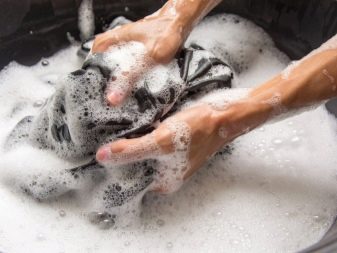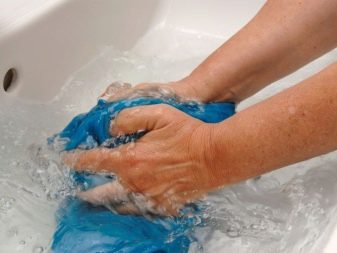What is itch and where is it used?

Silk is one of the most expensive and beautiful materials. Probably everyone knows that the raw materials for the production of silk are obtained from the threads that the silkworm produces. However, not everyone knows that there is also another subspecies of silk obtained from other butterflies. Its name is itching. We will talk about this interesting material in the article.

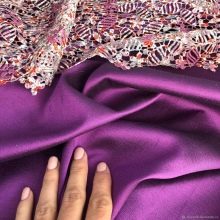
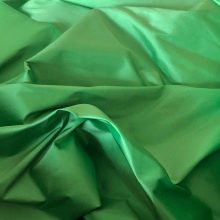
What it is?
Chesucha belongs to one of the subspecies of "wild silk". The threads for the production of this dense fabric are obtained thanks to peacock-eyed butterflies. Their caterpillars are also called oak silkworms. Unlike the classic silk, known from time immemorial, itch was produced only a few centuries ago, when a new type of caterpillar was discovered. At first, they tried to domesticate insects, because it was successful with the silkworm. However, the idea turned out to be a failure. Even today, the oak silkworm is simply fed in nature, and then the raw materials made by it are collected. Because of this, the prices for itch are very high.


The first such material was produced in China. Made in a factory in Shantung province. By the way, this is also the second name for tress, better known in European countries. Since then, the production technology of the material has changed little. First, the raw materials are collected by unwinding the cocoons of the caterpillars or simply by combing the fiber off them. It should be noted that the resulting fibers are always very heterogeneous, and they remain so even after processing.... It is not accepted to change the structure.
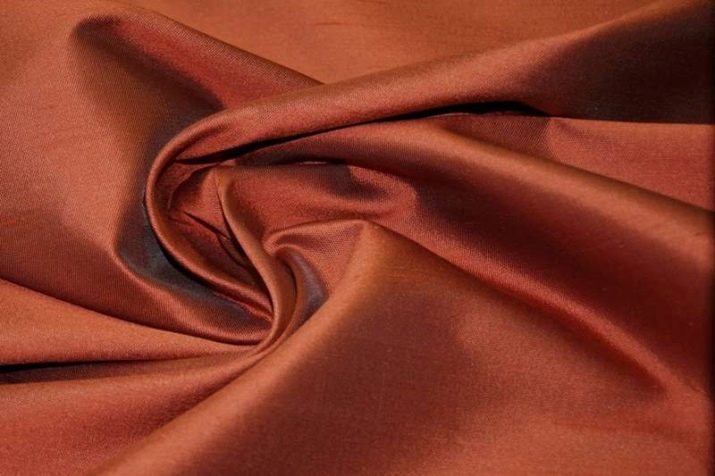
Then the material is sorted, and also tousled to remove small particles from it. Next, the fibers are soaked. This procedure removes sericin from them. This substance can cause severe allergies. The soaked raw material is dried and combed out, and then rolled.As such, the fibers are useful for making fabric.
The resulting combed fabric is dense, and this figure is much higher than that of ordinary silk. The surface of the material is rough, and the overall look is very similar to taffeta. The finished canvas drapes beautifully, and the folds created on it do not lose their shape.

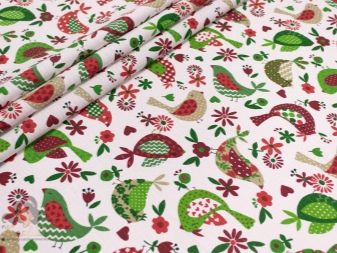
If the material is crumpled, a characteristic rustling will be heard.
Advantages and disadvantages
Any fabric material has strengths and weaknesses. The first step is to consider the benefits of combed cloth.
-
Decent durability. The material is initially very durable, so things made from it are worn for years. But only with proper care.
-
The ability to absorb moisture. Scabies are very hygroscopic. In the summer, if a person sweats, he will not feel discomfort.
-
Hypoallergenic. This quality of the fabric is especially important for people who often cause allergies to things. Scabies will never cause rashes, redness, itching. However, this only applies to natural fabrics.
-
Keeping warm. The material keeps warm well. Therefore, sweaters and sweaters from it can be safely worn in the off-season and in winter.
-
Air circulation. The fabric does not trap air, so the skin in such clothes breathes. It is comfortable both in winter and summer.
-
Nice appearance. Scaly matter looks pretty impressive, even luxurious. Things from it always delight their owners. In addition, the fabric is also soft and pleasant to the body.
-
The ability to heal. Scabies will be a real boon for those who suffer from joint pain. It also helps to cope with minor skin problems.
-
Versatility. The fabric is used for sewing a wide variety of clothes. The scope of its application is very extensive.
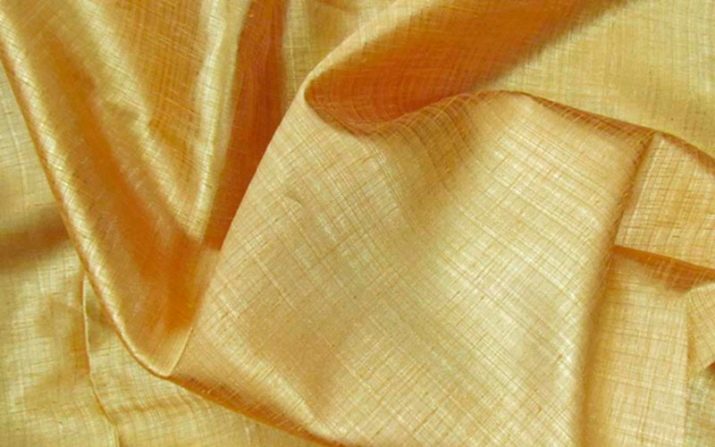
Now let's see what negative qualities of the fabric are called by buyers.
-
High rates... Scabies are cheaper than classic silk, but they are still very expensive. And finding it on sale is not easy.
-
Complicated care. There are certain nuances of leaving that may seem difficult to some people. Let's talk about them below.
-
Poor water resistance. If the fabric is constantly exposed to moisture, it will stain. It is also a poor choice for those who sweat a lot.
-
Crease... Matter wrinkles a lot, so storing such things is not easy.
-
Bad reaction to the sun. Scabies does not tolerate frequent exposure to ultraviolet radiation. From this, it quickly loses its density and its other positive qualities.
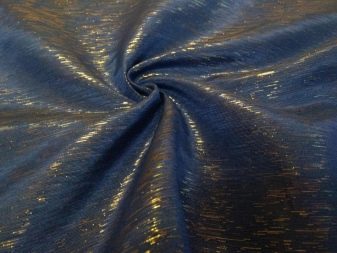

Composition
As already mentioned, the raw material for the production of comb is the thread obtained from the caterpillars of the oak silkworm. Nevertheless, a fabric made up of 100% of them is extremely rare. In most cases, matter is "diluted" with other elements. Mainly cotton... It adds extra strength to the matter. Another inclusion could be viscose... Sometimes fibers complement flax.
By the way, on sale very often you can find itching, which does not contain silkworm threads at all. This is cotton with viscose.
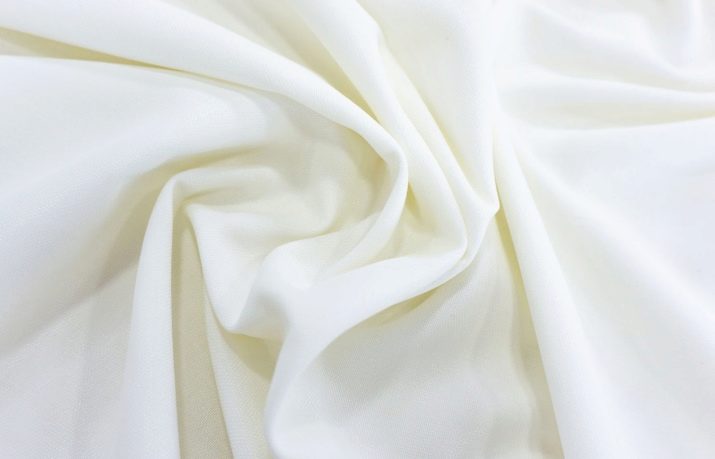
Of course, this is not a real silk fabric, but only an imitation. However, this material looks very realistic and really looks like silk.
Colors
The color palette of natural fabrics is very scarce. Most often, 100% fabric is not dyed, since it has natural attractive shades. It can be sand, beige, honey, olive colors. This color of the fabric is the result of caterpillar feeding.
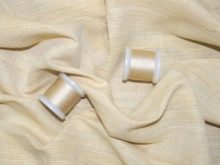
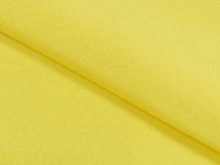
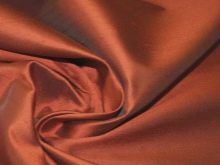
If the material contains impurities in the form of synthetics or cotton, then in most cases it is dyed. It can be a variety of colors: from snow-white to acidic tones.
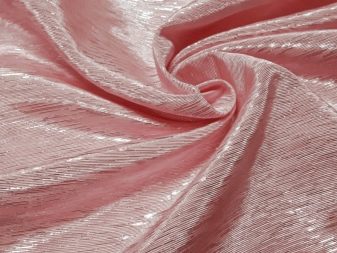
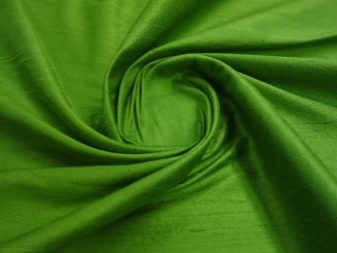
In addition, printed combed fabrics are very popular today. Such images are simply printed on the material.
Where is the fabric applied?
The scope of application of comb is very extensive. The following products are made from it:
-
bed linen and home textiles (tablecloths, napkins, bedspreads, pillow cases);
-
curtains, because this fabric drapes perfectly;
-
cover for upholstered furniture;
-
women's evening wear, for example, spectacular dresses, boleros;
-
skirts, shirts, trouser suits;
-
beautiful outfits for stage performances for children and adults;
-
jackets, raincoats and jackets for the off-season.


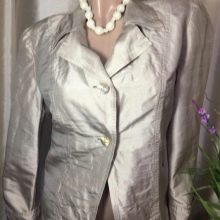
And also combed fabric can be taken for the manufacture of linings for outerwear.
Care rules
As already mentioned, itching is very capricious to care for. It is very important to adhere to several rules, otherwise the thing will quickly become unusable.
-
It is recommended to clean items made from completely natural fabrics with the help of specialists. Simply put, it is better to take them to a dry cleaner, because after an incorrect wash, stains may appear, which will be very difficult to remove.
-
You can only wash 100% silk fabric with your own hands. Machine wash is strictly prohibited here. However, if the material is mixed, then it is still possible to wash in the unit, but in the hand wash mode. The temperature in any case should be a maximum of 30 degrees.
-
It is not recommended to use free-flowing powders for cleaning products. It would be more correct to use soft products with a liquid consistency and with a neutral composition. It is even better if it is a powder for silk materials. These are also on sale.
-
If there is a stain on things, you can try to remove it with a mild stain remover. Bleach and chlorine compounds must not be used. If the stain persists, it is highly recommended to take the item to dry cleaning. Rubbing dirt, and the products themselves during the washing process are also prohibited.
-
Rinsing is carried out in cool clean water by hand. The thing must be completely removed from the remains of the powder. At the end of the procedure, you can place the product in a basin, where water is poured with a small amount of vinegar. Rinse the item after a couple of minutes. Vinegar will make the color look brighter and more intense.
-
Even mixed materials cannot be squeezed out in a typewriter. The water should drain off on its own, and then the item can be wrapped in a terry towel. When water is absorbed into it, the product is laid out for drying on a table or other flat and clean surface.
-
During the drying process, care must be taken that the item is not near the battery or radiator. And also it must be protected from exposure to ultraviolet radiation.
-
When the product is dry, it will need to be ironed. Please note that regular silk is ironed slightly damp. Scratching - only dry. The iron is heated to a maximum of 80 degrees, and the thing is turned inside out. Ironing is recommended to be carried out in the "silk" mode and through the ironing device.
-
It is necessary to store things made of combed cloth on a hanger. If you fold them, they will immediately be crumpled.
